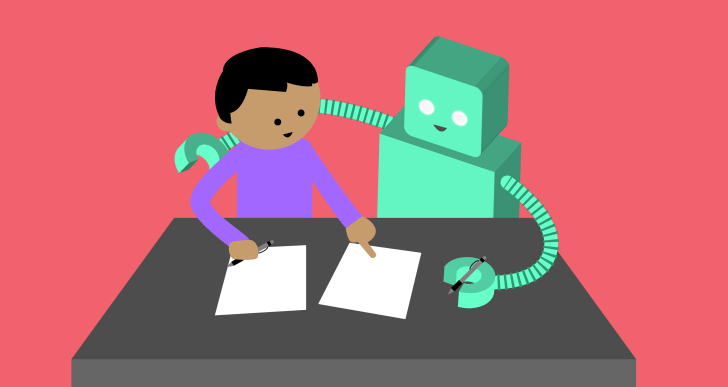
A new paper from researchers at Swiss university EPFL suggests that between 33% and 46% of distributed crowd workers on Amazon’s Mechanical Turk service appear to have “cheated” when performing a particular task assigned to them, as they used tools such as ChatGPT to do some of the work. If that practice is widespread, it may turn out to be a pretty serious issue.
Amazon’s Mechanical Turk has long been a refuge for frustrated developers who want to get work done by humans. In a nutshell, it’s an application programming interface (API) that feeds tasks to humans, who do them and then return the results. These tasks are usually the kind that you wish computers would be better at. Per Amazon, an example of such tasks would be: “Drawing bounding boxes to build high-quality datasets for computer vision models, where the task might be too ambiguous for a purely mechanical solution and too vast for even a large team of human experts.”
Data scientists treat datasets differently according to their origin — if they’re generated by people or a large language model (LLM). However, the problem here with Mechanical Turk is worse than it sounds: AI is now available cheaply enough that product managers who choose to use Mechanical Turk over a machine-generated solution are relying on humans being better at something than robots. Poisoning that well of data could have serious repercussions.
“Distinguishing LLMs from human-generated text is difficult for both machine learning models and humans alike,” the researchers said. The researchers therefore created a methodology for figuring out whether text-based content was created by a human or a machine.
The test involved asking crowdsourced workers to condense research abstracts from the New England Journal of Medicine into 100-word summaries. It is worth noting that this is precisely the kind of task that generative AI technologies such as ChatGPT are good at.

